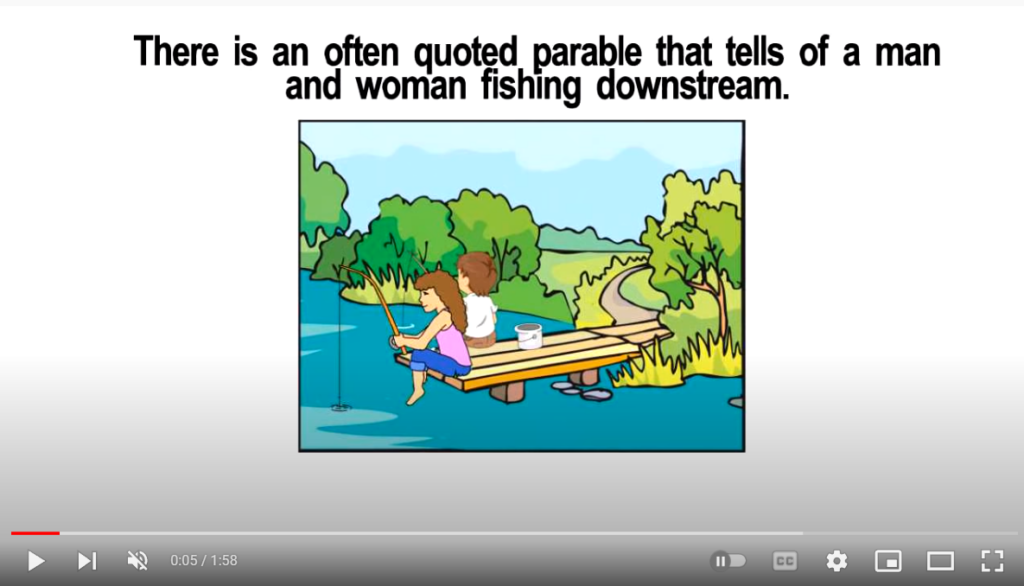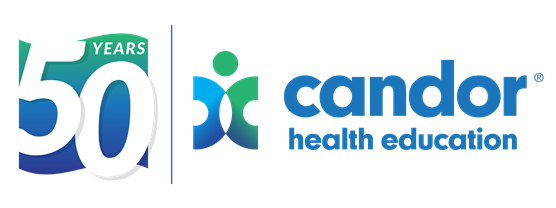Providing young people with appropriate information and education sooner rather than later may not save the world, but it could help us get pretty darn close!
My sister is a Public Health major and I remember the first time she explained the difference between primary, secondary, and tertiary prevention to me. She immediately used the “upstream” approach analogy:
A doctor, a nurse, and a teacher are walking down a riverbank. They all notice that a child is floating down the river, screaming for help. The nurse helps pull the child out of the river and the doctor treats any injuries the child has… Soon after, they hear more screams from the river. More and more children keep floating downstream.
While pulling the children out of the river and treating any injuries after they are on land is helpful and effective, the teacher wonders why the children are falling into the river in the first place. She walks upstream to see why this is happening and she prevents as many children from falling in the river as she possible can.
Primary prevention (the teacher) is tackling an issue before it occurs. Examples of primary prevention are:
- using a seatbelt
- immunization against infectious diseases
- education about how to stay safe and healthy (like sex and drug education programs😉)
Secondary prevention (the nurse) is used to reduce the impact of an injury or disease that has already occurred. Examples of secondary prevention are:
- Exams and screenings to catch disease at its earliest stage
- Programs that promote healthy lifestyles like diet and exercise to prevent heart disease, diabetes, etc.
Tertiary prevention (the doctor) is treating an on-going illness that has a lasting impact. Examples of tertiary prevention are:
- Rehabilitation for someone who has suffered a stroke
- Support groups like AA for members to share coping strategies that help them stay sober
If primary prevention did not exist, there would be no teacher to stop anyone from falling into the river. All of these prevention strategies are a form of “intervention,” and primary prevention aims to intervene with information and safety measures. Primary prevention programs educate their audience about the impact of falling into the river, tools to know when it is safe to play in the river, and ways to avoid falling in all together.
While secondary and tertiary prevention are important, educating young people to make informed decisions is priceless because it helps create responsible, knowledgeable, self-sufficient adults, who are learning how to take care of themselves, maintain healthy relationships, and assert healthy boundaries.
Here’s a great video to further explain the “upstream” approach:

References: https://www.cdc.gov/pictureofamerica/pdfs/picture_of_america_prevention.pdf
